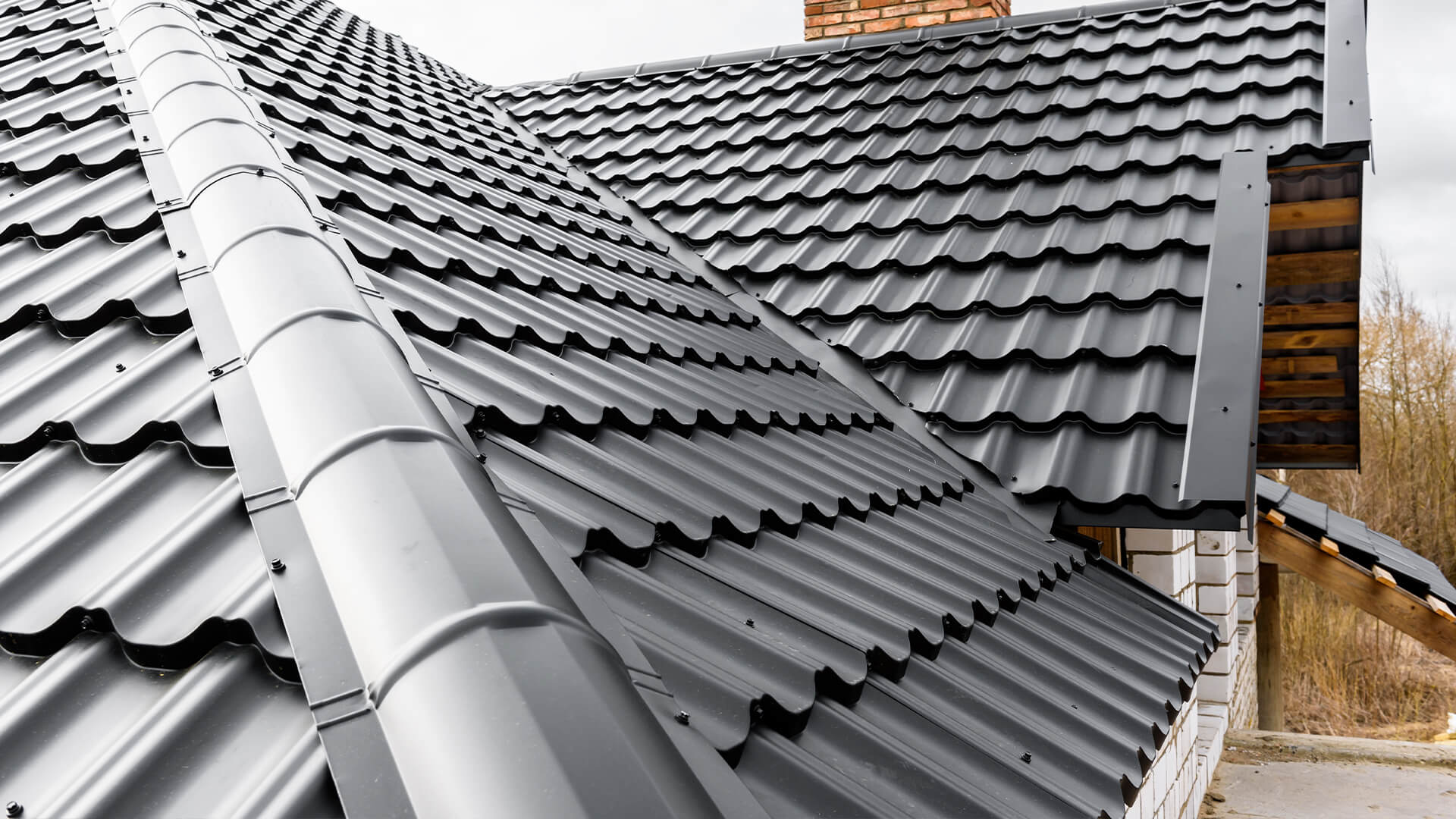Step-by-Step Overview to Discovering the Right Roofing Companies in Gainesville
Step-by-Step Overview to Discovering the Right Roofing Companies in Gainesville
Blog Article
Finest Practices for Ensuring Correct Roof Ventilation
Making certain correct roofing air flow is essential for the long life and effectiveness of a roof covering system. A well balanced intake and exhaust air vent ratio, commonly 1:300, plays an essential duty, with intake vents preferably positioned at the lower edge of the roofing for great air access and exhaust vents at the peak for warm air leave. Routine examinations to determine blockages and preserve clear airflow are extremely important. Maintaining insulation away from vents is essential to protect against air flow limitation. Understanding these foundational aspects establishes the stage for even more detailed insights into installation and maintenance techniques that can dramatically improve your roof's efficiency.
Understand Ventilation Fundamentals
Properly comprehending air flow fundamentals is crucial for making certain the durability and performance of roof. Efficient air flow alleviates dampness buildup and temperature extremes in the attic room, both of which can cause substantial architectural damages in time. A well-ventilated roofing helps in stopping typical problems such as mold and mildew development, timber rot, and ice dams, which can endanger the integrity of the roof covering materials and the underlying structures.
The key objective of ventilation is to help with the movement of air, enabling for a consistent exchange between the outside and indoor atmospheres. This balance is attained with a combination of intake and exhaust vents that interact to keep optimal air movement. Intake vents, usually located along the soffits or eaves, allow fresh air to enter the attic space, while exhaust vents, usually located at or near the roofing ridge, allow warm, moist air to get away.
Secret variables influencing the performance of roof covering air flow include proper placement, ample sizing, and making certain that both consumption and exhaust vents are unblocked. Normal assessment and maintenance are important to recognize prospective obstructions, damages, or ineffectiveness in the air flow system, thus securing the roofing system's efficiency and durability.
Kinds Of Roof Vents
Roof vents play a vital role in preserving efficient attic air flow and, by expansion, the overall wellness of the roof covering system. Various types of roof vents are offered, each with one-of-a-kind benefits customized to specific roofing requirements.

Soffit vents are set up under the eaves and job in tandem with roofing system vents to guarantee a well balanced consumption and exhaust system. By enabling cooler air to get in from below, soffit vents facilitate the expulsion of hot air via upper vents. Gable vents, situated on the exterior walls of the attic, deal an additional effective option, particularly in homes with gable roof coverings.
Assess Your Present Air Flow

Following, think about the age and problem of your roofing products and ventilation elements. Older systems might not follow current building codes or might have weakened with time, reducing their efficiency. Conduct a comprehensive exam to identify any kind of indications of damage, such as rust, damage, or voids that might endanger the system's efficiency.
In addition, gauge the attic temperature and humidity degrees. High temperatures and humidity can show poor air flow.
Installation Best Practices
Efficient setup of roofing ventilation systems is extremely important for guaranteeing ideal efficiency and long life. Correct installation begins with understanding the specific air flow demands of the structure and the roof covering it covers. This involves computing the right proportion of consumption to wear down vents, normally sticking to the 1:300 regulation, which stipulates one square foot of air flow for every single 300 square feet of attic room floor room.

Intake vents must be installed at the roof's reduced edge, commonly in the soffits, to enable amazing air to get in. Exhaust vents, on the various other hand, ought to be installed near or at the roofing's optimal to promote the leave of cozy, moist air.
Seal all air vent links thoroughly to stop air leaks and possible water seepage. Use top quality materials and follow maker standards to guarantee resilience and efficiency. Furthermore, incorporating ridge vents with baffles can significantly boost air movement efficiency by protecting against wind-driven read the full info here rain and snow from going into the attic room.
Eventually, accurate installation of roofing ventilation systems minimizes prospective problems such as mold development, ice dams, and architectural damages, making sure the roofing's integrity and the structure's general health and wellness.
Regular Maintenance Tips
Consistency in upkeep practices is basic to making sure the long-lasting effectiveness of roofing air flow systems. During these assessments, make certain that vents are totally free of particles, nests, and other blockages that could restrain air flow.
Use a soft brush or a vacuum to remove dirt and particles from consumption and exhaust vents. Be careful not to damage the vent screens or louvers throughout the procedure.
Correct insulation is just as important. Make sure that attic room insulation does not block the vents, as this can seriously limit air movement. Reposition or change it to maintain an effective description barrier. if any insulation has moved or resolved.
Last but not least, replace any type of harmed or missing out on components immediately. Busted vents, fractured roof shingles, or shabby flashing can all add to insufficient air flow and should be dealt with right away. Normal upkeep ensures that the roofing ventilation system operates ideally, therefore expanding the life expectancy of the roofing itself.
Final Thought
Making sure appropriate roof air flow is vital for maintaining the efficiency and toughness of a roof. Adherence to the 1:300 consumption and exhaust vent proportion, coupled with the critical positioning of vents, is vital. Routine semiannual evaluations, debris cleansing, and making sure insulation does not block airflow are critical techniques. Carrying out these ideal methods will certainly promote a well-ventilated roofing system, thus alleviating potential problems associated to moisture accumulation and excessive warmth, ultimately lengthening the roof covering's life expectancy.
A balanced consumption and exhaust vent proportion, typically 1:300, plays a crucial role, with consumption vents ideally put at the lower edge of the roofing for great air entry and exhaust vents at the height for warm air leave. Consumption vents, typically located along the soffits or eaves, permit fresh air to get in the attic room room, while exhaust vents, frequently located at or near the roof covering ridge, allow warm, moist air to escape.
Soffit vents are mounted under the eaves and job in tandem with roof covering vents to ensure a balanced consumption and exhaust system. By enabling cooler air to get in from below, soffit vents facilitate the expulsion of hot air with upper vents. Adherence to the 1:300 intake and exhaust vent ratio, combined with the strategic positioning of vents, is crucial.
Report this page